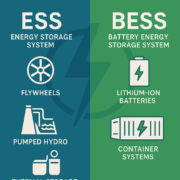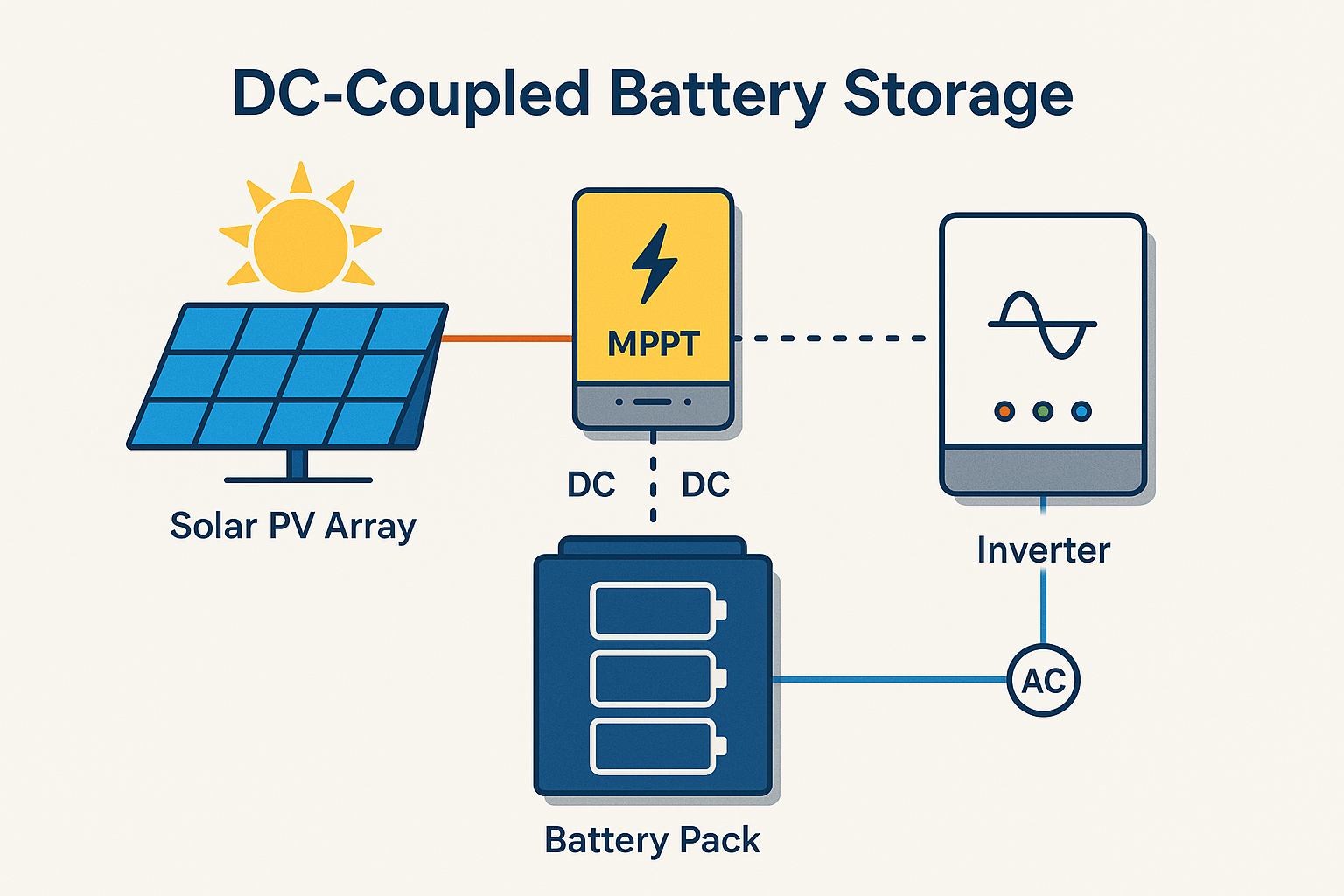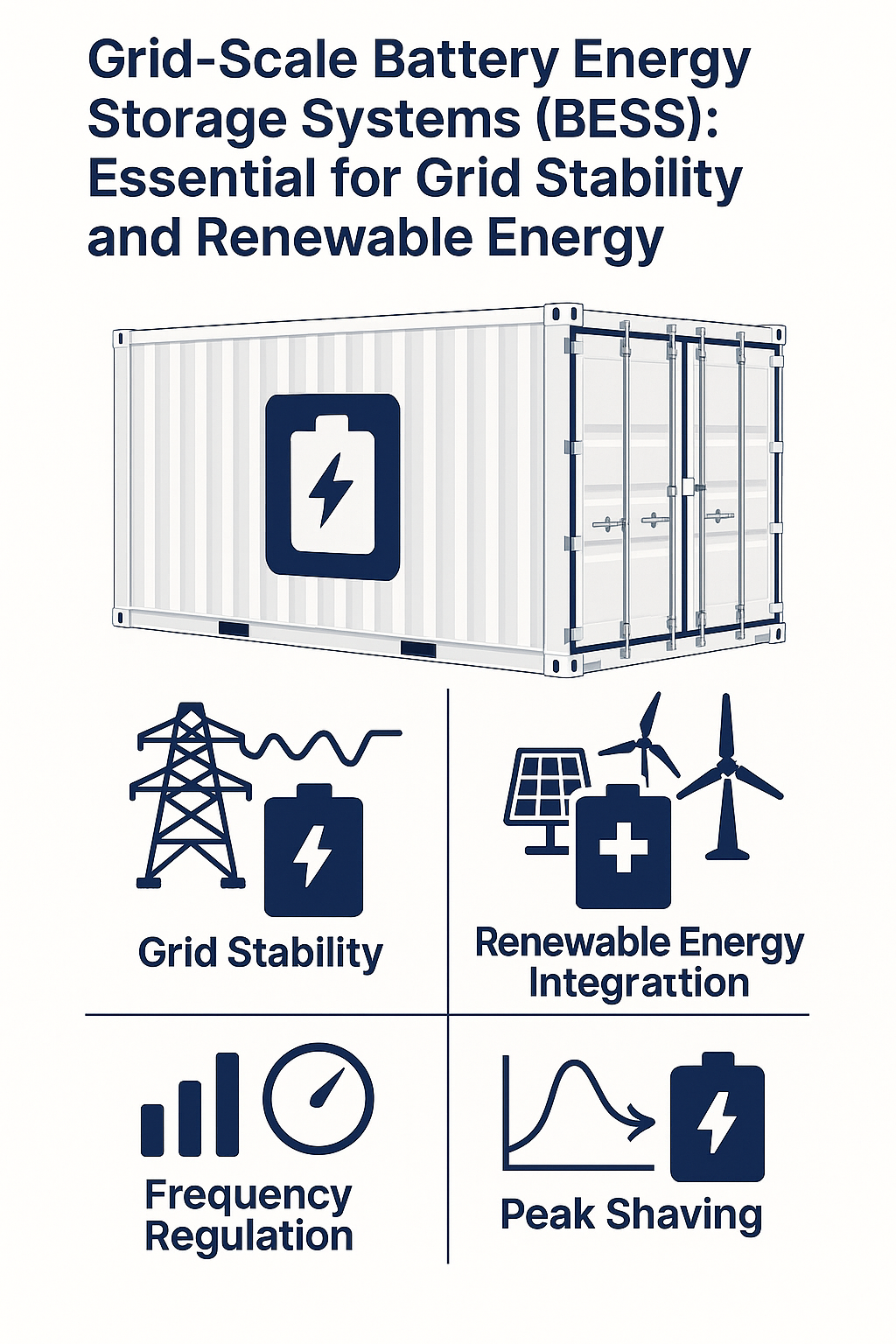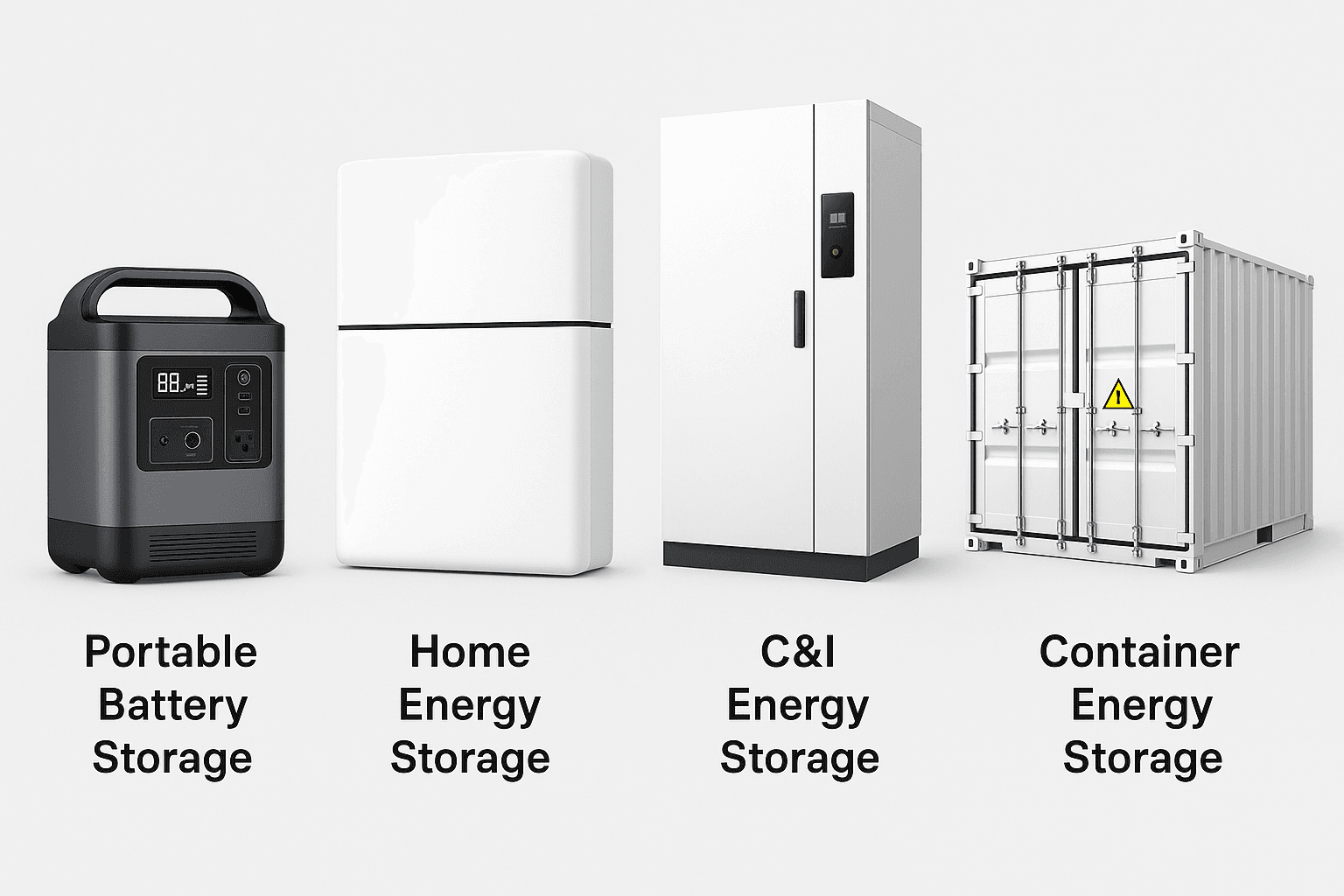SunLith: The Name, The Vision, The Power Behind It
🌞 The Name SunLith Has a Heartbeat
Sunlith: Every great idea starts with a question.
When we started this journey, ours was simple:
“How can we help the world move toward clean, reliable, and smart energy?”
That question led to a name: SunLith.
Two short syllables—but packed with deep meaning, bold purpose, and big dreams.
🔋 What Does SunLith Mean?
It’s simple:
- Sun – The most powerful, natural, and endless source of energy known to us.
- Lith – Short for Lithium, the core material in modern battery technology.
Together, SunLith means blending the power of nature with the brilliance of human innovation.
It’s not just a name.
It’s a vision of a world where energy is clean, storage is smart, and the future is bright.
💡 Why the Name Matters
We didn’t want a generic name. We wanted something real.
Something that speaks to who we are, what we do, and why it matters.
SunLith reminds us every day:
- To stay connected to the Earth and its natural power.
- To stay committed to clean technology and better battery systems.
- To stay focused on building a sustainable world for the next generation.
If you care about a greener, smarter, and more stable energy future,
then the name SunLith belongs to you too.
Frequently Asked Questions (FAQs)
Q1: What does the name “SunLith” mean?
A: SunLith is a combination of “Sun”, representing natural solar energy, and “Lith”, derived from lithium, the element at the heart of modern energy storage. It reflects our mission to merge sustainable energy generation with advanced battery technology.
Q2: Is SunLith only focused on solar energy solutions?
A: Not at all. While solar power inspires our name, SunLith provides a full range of energy solutions—including EV batteries, energy storage systems (ESS), lithium-based power packs, and hybrid microgrids for home, commercial, and industrial use.
Q3: What makes SunLith different from other energy companies?
A: SunLith stands out because we combine cutting-edge lithium technology with a strong commitment to sustainability. We offer customized, smart, and reliable energy systems that go beyond the ordinary—built to perform, last, and protect the environment.
Q4: Does SunLith manufacture its own cells?
A: SunLith partners with top-tier certified manufacturers and performs rigorous quality checks, factory audits, and FAT/QC inspections to ensure every product we deliver meets international standards and client expectations.
Q5: Who are SunLith’s typical clients?
A: We serve B2B clients in the new energy sector, including project developers, EPC contractors, system integrators, and distributors who need energy storage solutions for EV, home, C&I, and utility-scale applications.
Q6: Where is SunLith based?
A: SunLith operates out of Shenzhen, China, with strong ties to leading Chinese battery manufacturers and global markets. We also work closely with clients in India, Southeast Asia, the Middle East, and Europe.
Q7: What is SunLith’s long-term vision?
A: Our vision is to create a cleaner, smarter energy future—where renewable sources are efficiently stored and distributed using intelligent, scalable systems. We aim to be a trusted global name in energy storage solutions.
Q8: Can SunLith help with sourcing and procurement?
A: Yes! SunLith doesn’t just sell products—we act as your buying agent, helping with sourcing, supplier verification, price negotiation, logistics coordination, and end-to-end project support for energy solutions.
Q9: How does SunLith ensure product quality and compliance?
A: We conduct detailed factory audits, verify certifications and test reports, and ensure each system complies with international standards like UN38.3, IEC62619, CE, UL, BIS, and more.
Q10: Is SunLith a good partner for new energy startups or projects?
A: Absolutely. Whether you’re a startup or a large EPC, we provide expert consulting, reliable sourcing, and high-performance energy solutions that give you a competitive edge in the fast-growing green energy space.
🌍 Why We Believe in SunLith
At the end of the day, energy isn’t just about power.
It’s about people.
It’s about the planet.
It’s about the promise of a better tomorrow.
That’s why we named our company SunLith.
Because we believe the future is bright, clean, and within reach.
The Future Is Bright
The name SunLith is more than a label—it’s a guiding light. It’s a declaration that we are powered by nature and enhanced by technology. It’s a daily reminder of why we exist and who we serve.
If you believe in a cleaner, smarter, and stronger energy future, you believe in SunLith.











